International editor
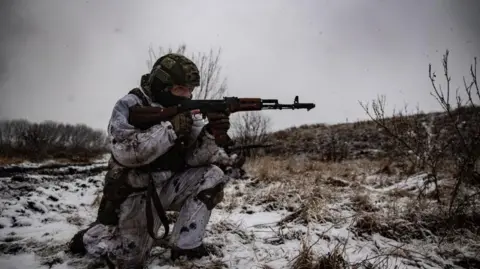 Getty
GettyThe Russians and Americans are talking again, as European leaders and diplomats contemplate the hard choices forced on them by US President Donald Trump.
Without question, Trump’s diplomatic ultimatum to Ukraine and America’s Western European allies has cracked the transatlantic alliance, perhaps beyond repair.
Ukrainian President Volodymyr Zelensky looks rattled by the abrupt change of attitude coming from the White House, though some of his many critics at home say he should have seen it coming. Well before he won re-election, Donald Trump made it clear that he was not going to continue Joe Biden’s policies.
As he arrived in Turkey on his latest trip, Zelensky deplored the fact that negotiations to end the war were happening “behind the back of key parties affected by the consequences of Russian aggression”.
But it feels like a long way from the air-conditioned room in Saudi Arabia where the Russian and American delegations faced each other across a broad and highly polished mahogany table, to the bitter cold of north-eastern Ukraine.
In dug-outs and military bases here in the snow-bound villages and forests on the border with Russia, Ukrainian soldiers are getting on with business as usual – fighting the war.
In an underground bunker at a base in the forest somewhere near Sumy, a Ukrainian officer told me he didn’t have much time to follow the news. As far as he was concerned, Donald Trump’s decision to talk to Russia’s president Vladimir Putin was “just noise”.
The commander, who asked to be referred to only by his call sign “White” has more pressing matters to consider.
Ignoring the diplomatic bombshell that has rattled Western leaders, as well as his own president, is probably the right thing to do for a battlefield officer preparing to lead his men back into the fight. Soon they will cross back into Kursk, to rejoin the fight to keep the land Ukraine has seized from Russia.
As a condition of access to Ukrainian soldiers, we agreed not to disclose precise locations or identities, except to say they are in the borderlands around the town of Sumy, and all part of Ukraine’s continuing fight in Kursk.
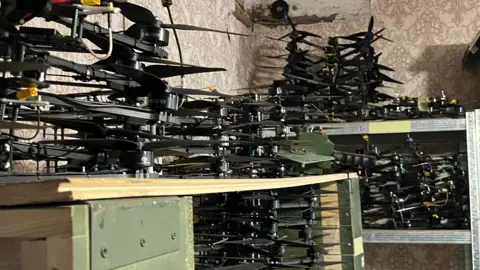
In a small room in a workshop tucked away in a village there was a formidable display of killing power on shelves made of planks from the sawmill propped up by wooden ammunition boxes.
On the shelves were hundreds of drones, all made in Ukraine. Each one costs around £300 ($380). The soldiers who were checking them before packing them into cardboard boxes to send them into the Kursk battlefields said that when they are armed – and flown by a skilled pilot – they could even destroy a tank.
One of them, called Andrew, was a drone pilot until his leg was blown off. He said he hadn’t thought too hard about what had been said far from here by the Americans – but none of them trusted President Vladimir Putin.
Their drones a few hours earlier had destroyed a Russian armoured unit advancing in broad daylight across a frozen snow-covered field. They showed us the video. Some of the vehicles they hit were flying the red banner of the Soviet Union instead of the Russian flag.
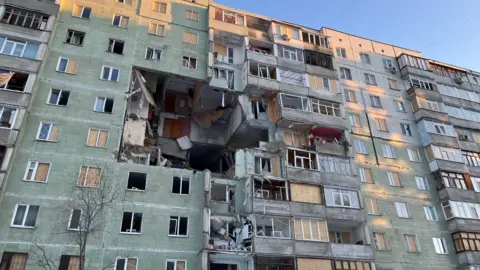
Sumy is busy enough during the day, with shops open and well-stocked. But once it gets dark the streets are almost deserted. Air raid alerts come frequently.
Anti-aircraft guns fire tracer into the sky for hours, aimed at the waves of Russian drones that cross the border near here to attack targets much deeper inside Ukraine – and sometimes in Sumy itself.
A big block of flats has a hole three storeys high ripped out of it. Eleven people were killed here in a Russian drone attack a fortnight or so ago. Since then, the block has been evacuated as engineers fear it is so badly damaged it might collapse.
It is part of a housing estate of identical monumental blocks built during the Soviet era. Residents still living next to the wrecked and unsafe building were going about their business, walking to the shops or their cars, swaddled against the intense cold.
Mykola, a man of 50, stopped to talk as he was walking home with his young son. He lives in the next block to the one the Russians destroyed.
I asked him what he thought of Donald Trump’s idea of peace in Ukraine.
“We need peace,” he said. “It’s necessary because there is no point in war. War doesn’t lead to anything. If you look at how much territory Russia has occupied so far, for the Russians to eventually get to Kyiv, they’ll have to keep fighting for 14 years. It’s only the people who are suffering. It needs to end.”
But no deal worth having, Mykola believed, would emerge from Putin and Trump sitting together without Zelensky and the Europeans.
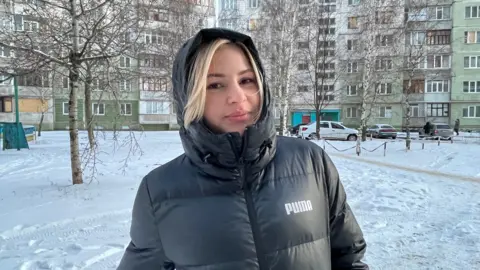
Yuliia, 33, another neighbour, was out walking her Jack Russell. She was at home when the Russians attacked the block of flats next door.
“It all happened just past midnight, when we were about to go to bed. We heard a loud explosion, and we saw a massive red flash through our window. We saw this horror. It was very scary.
“Many people were outside. And I remember there was a woman hanging out – she was screaming for help – we couldn’t see her immediately but eventually she was saved from the debris.”
Peace is possible, she believes, “but they need to stop bombing us first. There can only be peace when they stop doing that. It needs to come from their side because they started this horror.
“Of course, you can’t trust Putin.”
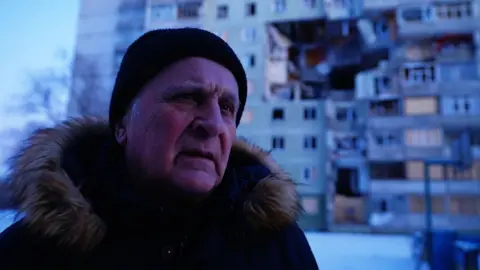
As the last rays of the sun disappeared, Borys, a spry and upright retired colonel of 70 who served 30 years in the Soviet army stopped on his way to his car. His son and grandson, he said, are both in uniform fighting for Ukraine.
“Peace is possible,” he said. “But I don’t really believe in it. I think that justice will prevail for Ukraine. You have to be cautious.
“While Putin is there, you cannot trust Russians. Because they believe in him as if he is a religion. You won’t change them. It needs time.”
So what’s the answer – keep fighting or a peace deal?
“Ukraine needs to think about peace. But we shouldn’t surrender. I don’t see any point. We will resist until we are stronger. Europe seems like they are ready to help us. There is just no point in surrendering.”
Donald Trump, a man who seems convinced that the principles of a real-estate deal can be applied to ending a war will discover that making peace is much more complicated than just getting a ceasefire and deciding how much land each side keeps.
President Putin has made very clear that he wants to break Ukraine’s sovereignty and destroy its ability to act as an independent nation.
Whether or not Ukraine’s President Zelensky has a seat at President Trump’s conference table, he won’t agree to that. Making a peace that lasts, if it’s possible, will be a long and slow process.
If Donald Trump wants a quick peace dividend, he should look elsewhere.
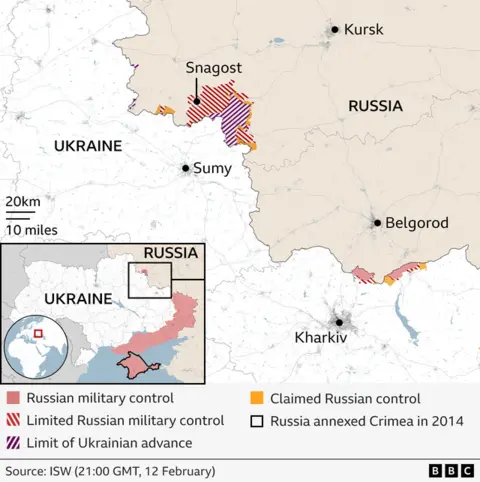

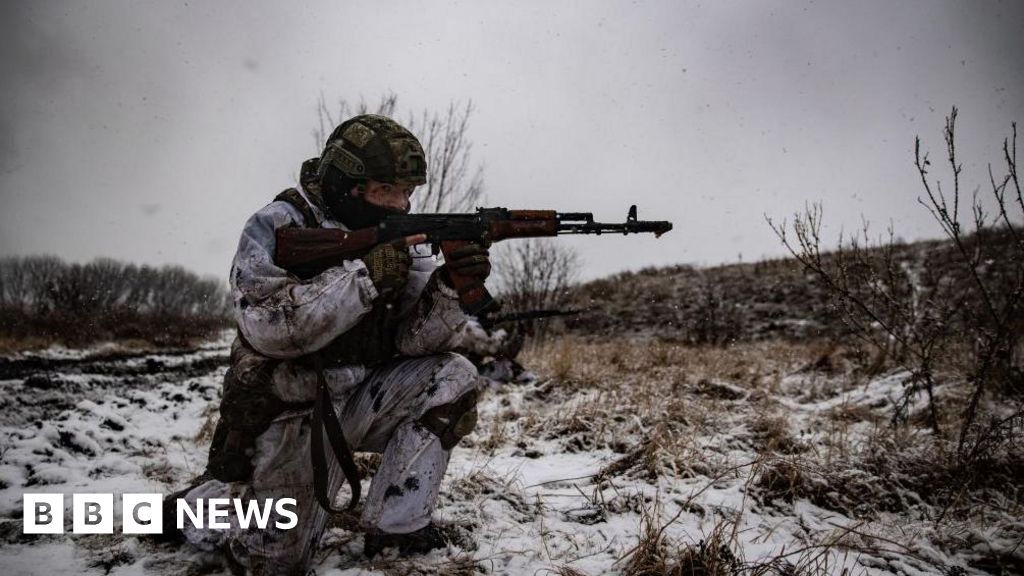

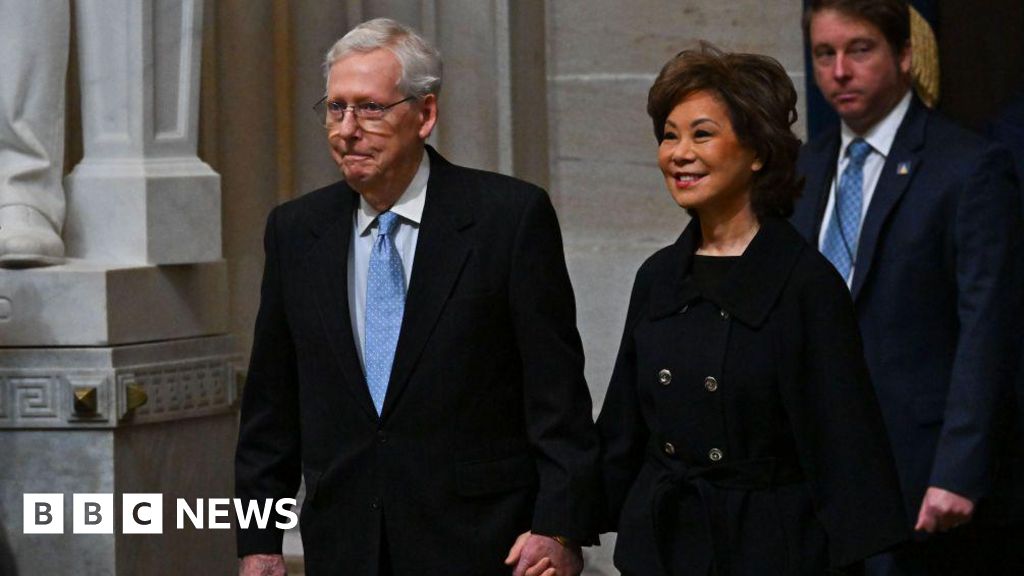
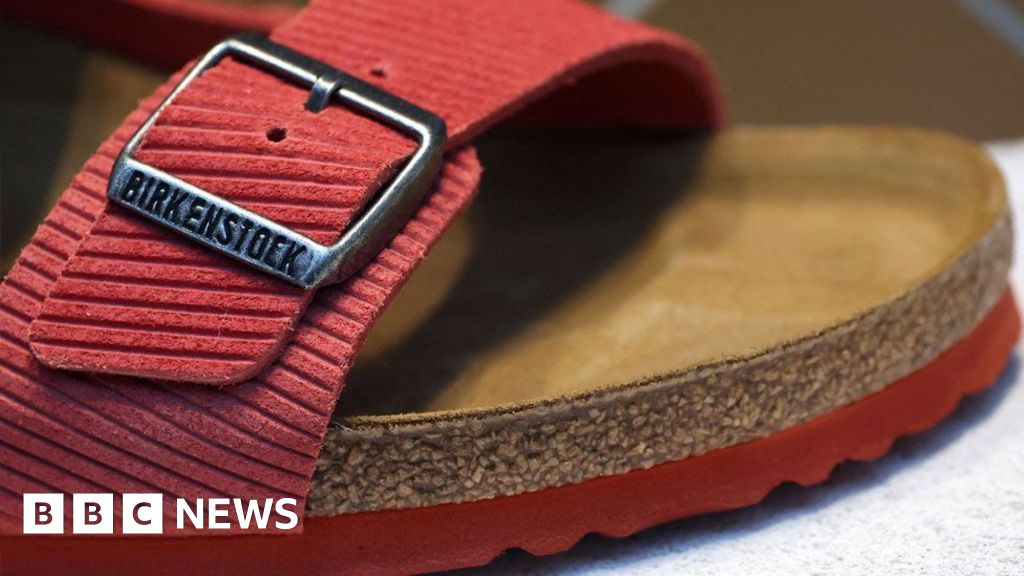
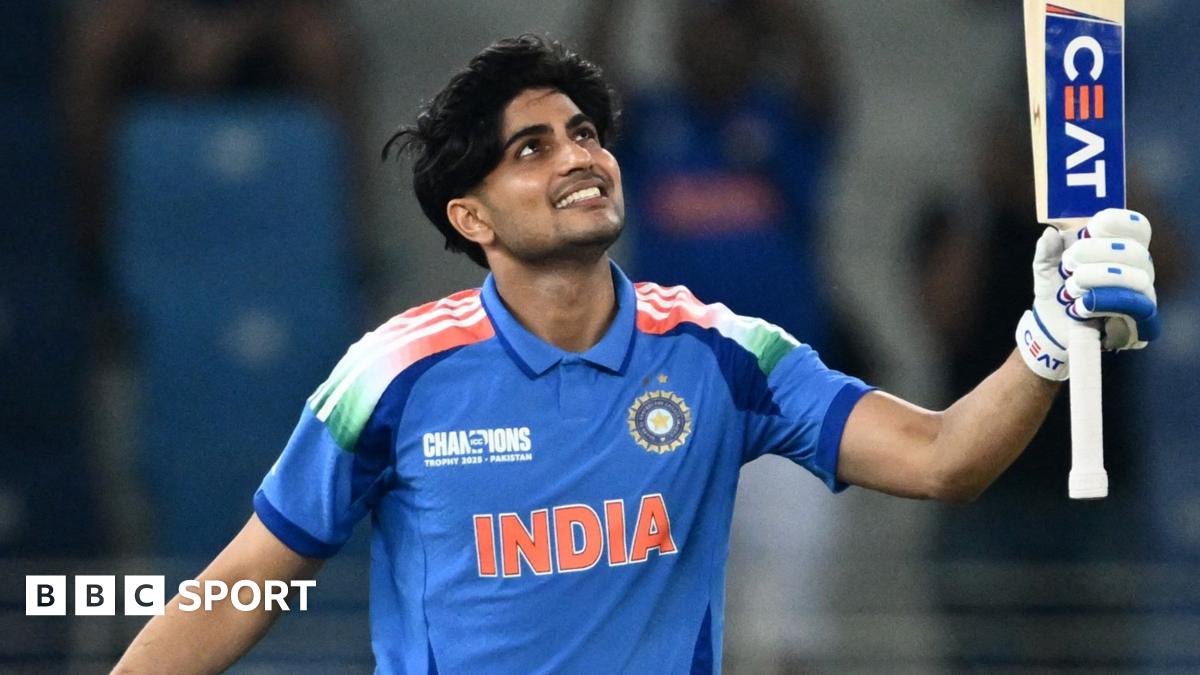
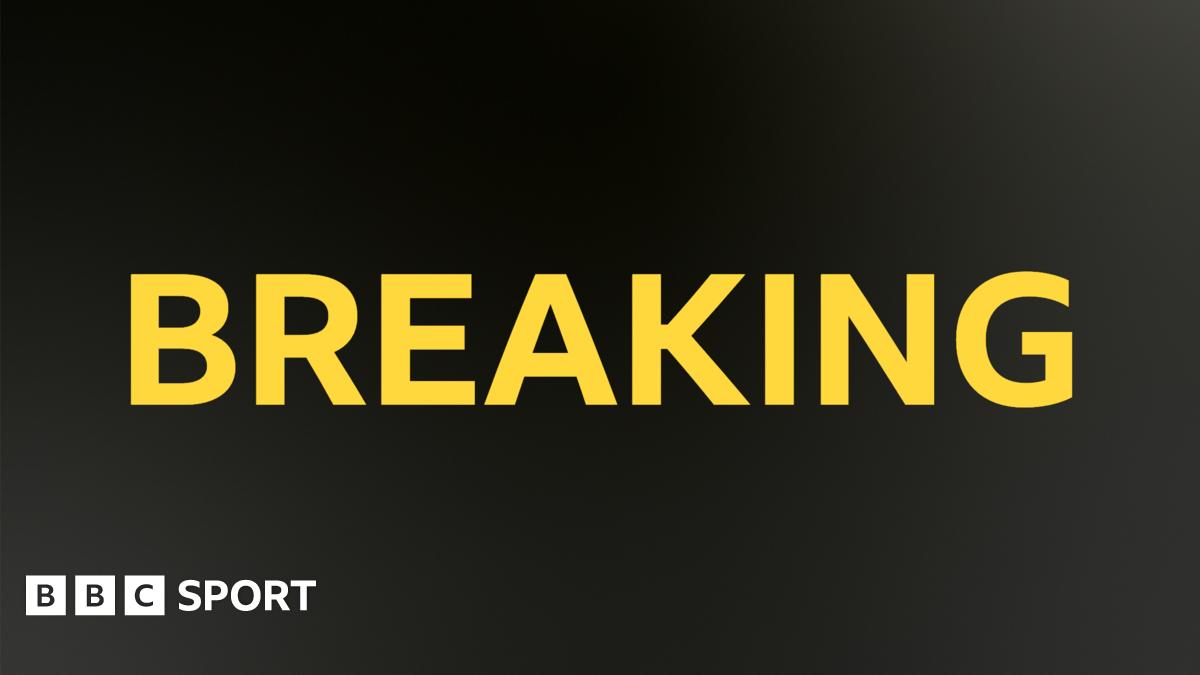
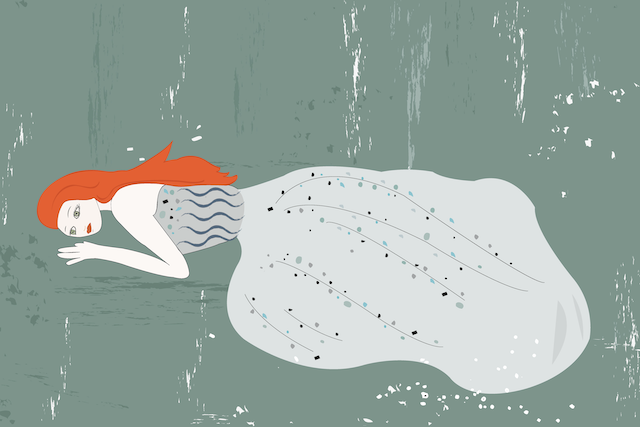
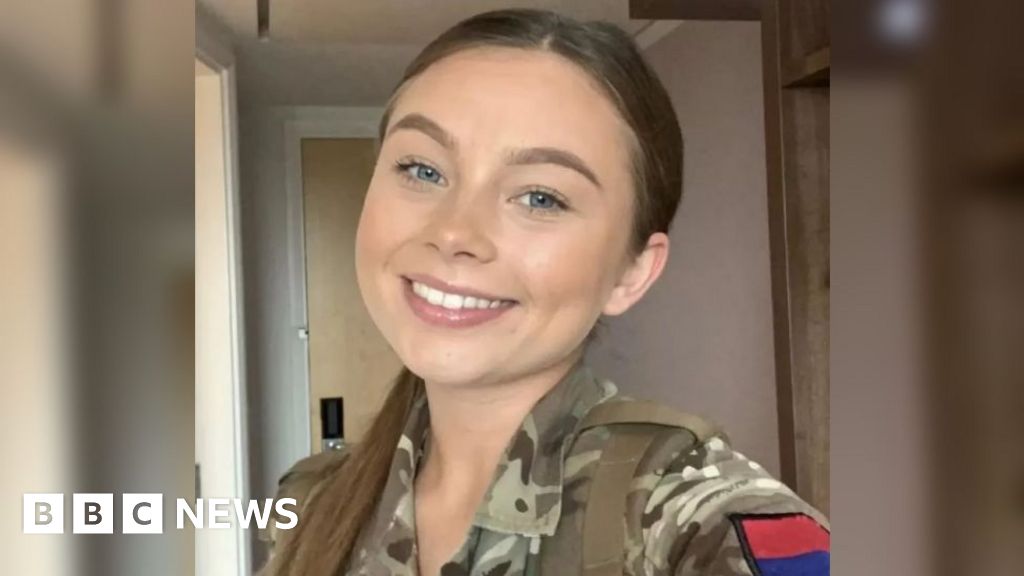

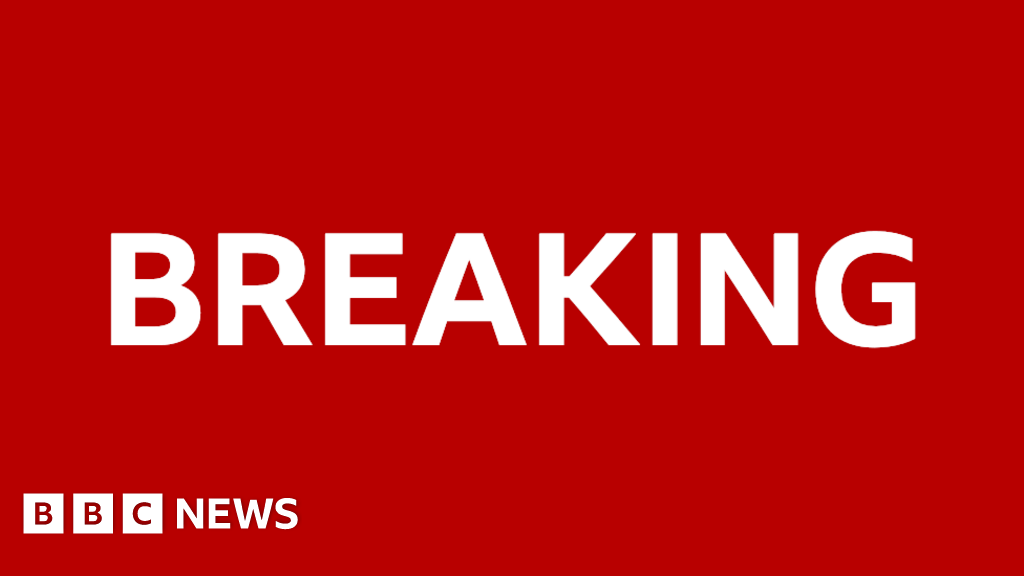
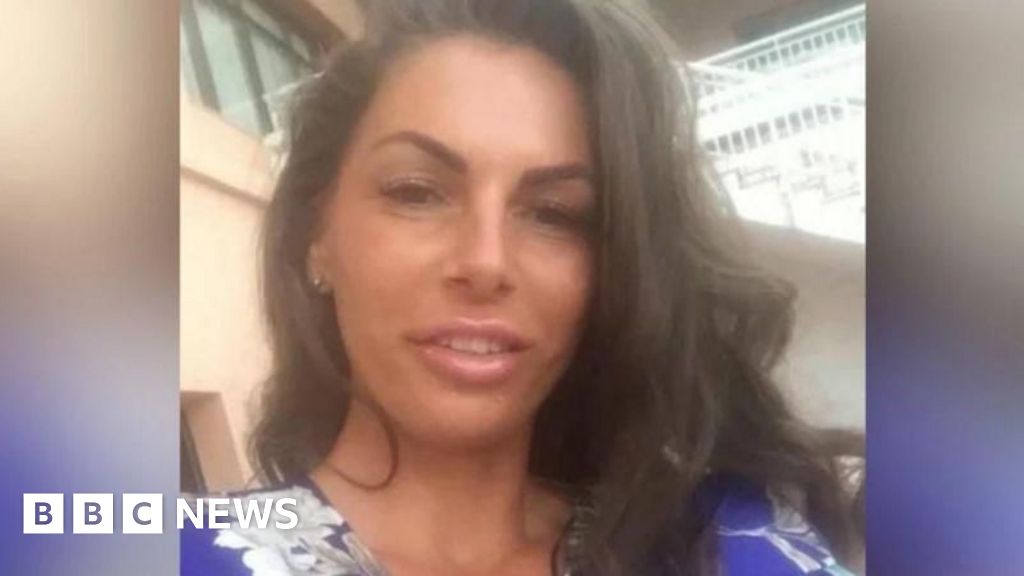
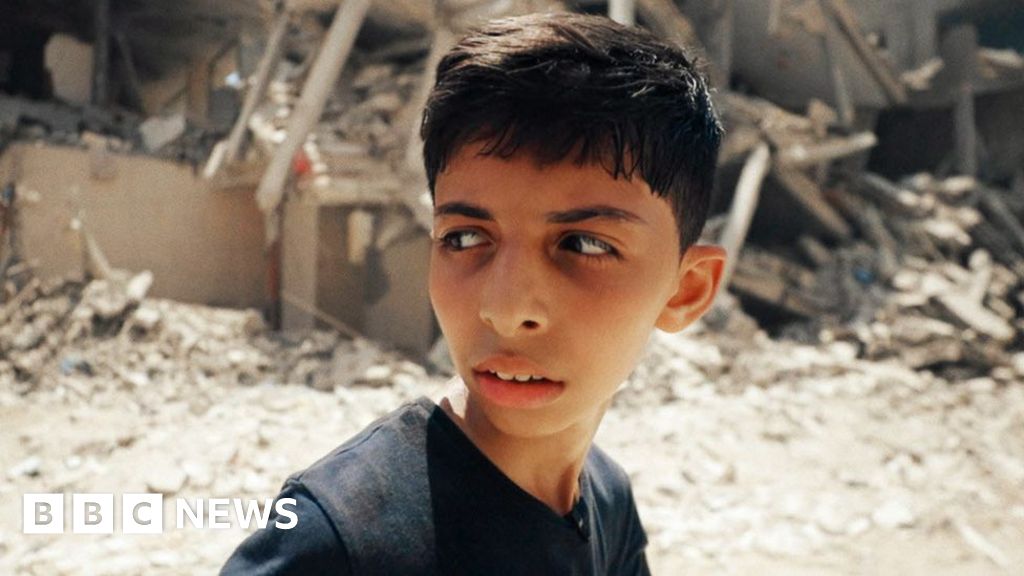




Leave a Reply